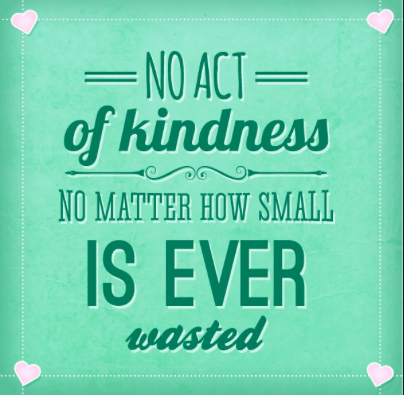5 practices to increased happiness
In this Ted Talk Shawn Achor discusses how to achieve the belief that we should be happy, and how happiness inspires greater productivity.
But how can schools utilise this to support their student’s welfare and learning?
Schools are increasingly being seen as important locations for addressing students well-being and explicit indicators of this are evident in educational curricula. This is a change from the industrial models of education where children’s welfare was not part of the curriculum or seen as part of a teacher’s “duty of care”. Elements of student welfare include psychological and emotional wellbeing and mental health. Whilst some argue that the literature is inconclusive as to whether there has been as increase in psychological and emotional distress and mental health problems in children and adolescents in recent years, other studies highlight significantly higher rates of mental health complaints and increases in behavioural and emotional problems, such as anxiety and depression.
(e.g. see: https://www.det.nsw.edu.au/media/downloads/about-us/statistics-and-research/public-reviews-and-enquiries/school-counselling-services-review/models-of-effective-practice.pdf).
Children’s welfare significantly impacts their successful learning at school and as teachers we need to be actively aware of the part that we can play in ensuring that our students see school as a happy, safe and supportive environment. One way in which we can do this is to promote some of the small methods that have been found to create lasting positive changes.
3 Gratitudes:
All you need to do is give your students 2 minutes each day or week to think/draw/write down 3 things that they are grateful for. Things that benefit that and without which their lives would be poorer.
By noticing these positive gratitudes rather than negative stressors, your students can help themselves to be 25% happier. In the video below Emmons discusses the positivity of gratitude.
Journaling:
The most powerful intervention at the moment! You ask the children to think about 1 meaningful experience that they have had that day e.g. a conversation they had with a friend, watching the rain/snow fall, seeing a bird singing in a tree. Then they have 2 minute to write down every detail that they can remember about that experience. This gets children to re-experience this positive moment. After 25 days evidence has shown that they will have more positivity.
Exercise:
This gets your student’s brains to believe that behaviour matters. If they can be successful in one domain (exercising) it is likely that their brain will automatically try to be successful in other domains, increasing positivity and happiness. Your children will create cascade of success and positive habits around them.This also links to what Dr Peter Gray says about the importance of play (https://smartprimaryed.com)
Meditation:
There are lots of helpful ways you can do this but in its simplest form, you can ask the children to lie down and place their hands on their tummy/ribs and just watch and feel their breath going in and out for 2 minutes. Allowing their brains just do do 1 thing at a time and helping them to focus on just 1 thing for a length of time. This decreases the stress on their systems for those 2 minutes which they can learn to take with them into other aspects of their day.
Random Acts of Kindness:
You could ask your students to write a message for 2 minutes to someone that they want to praise and say thank you to. If they do this other 21 days then the children will learn how large their supportive social network is and this increases their happiness.
See: https://www.randomactsofkindness.org






